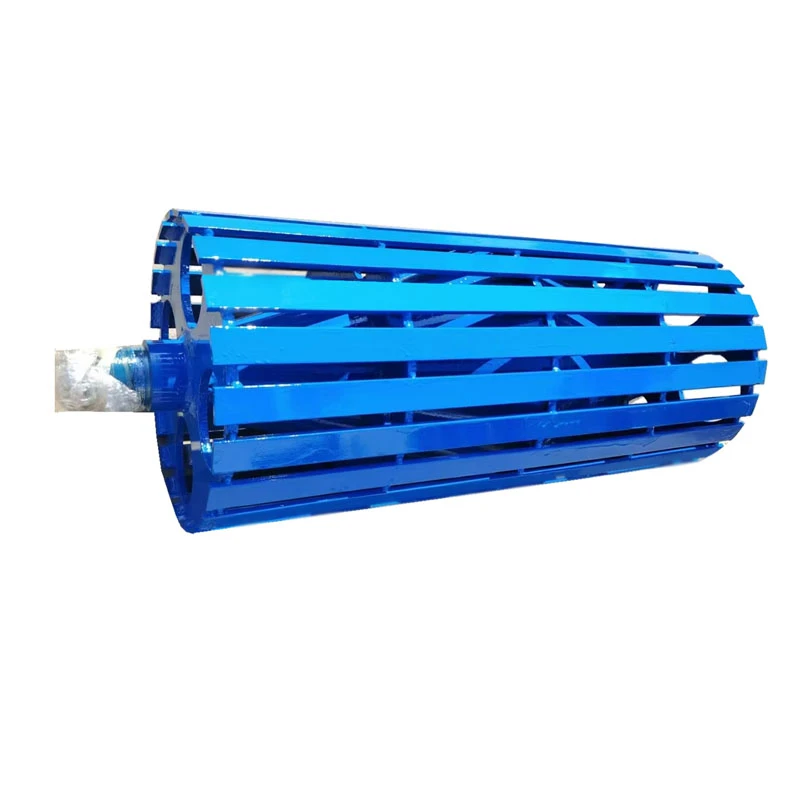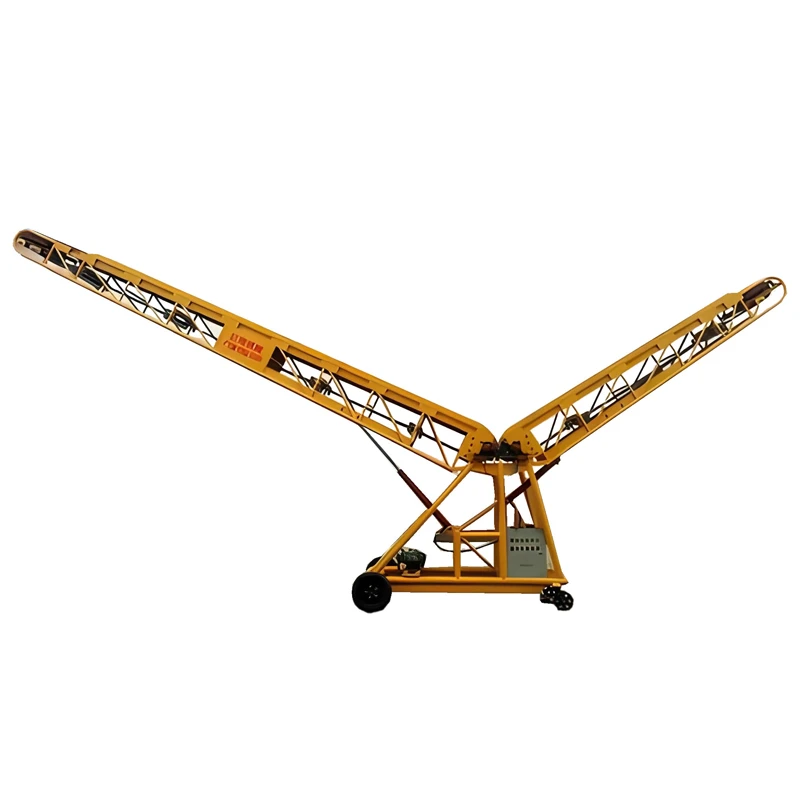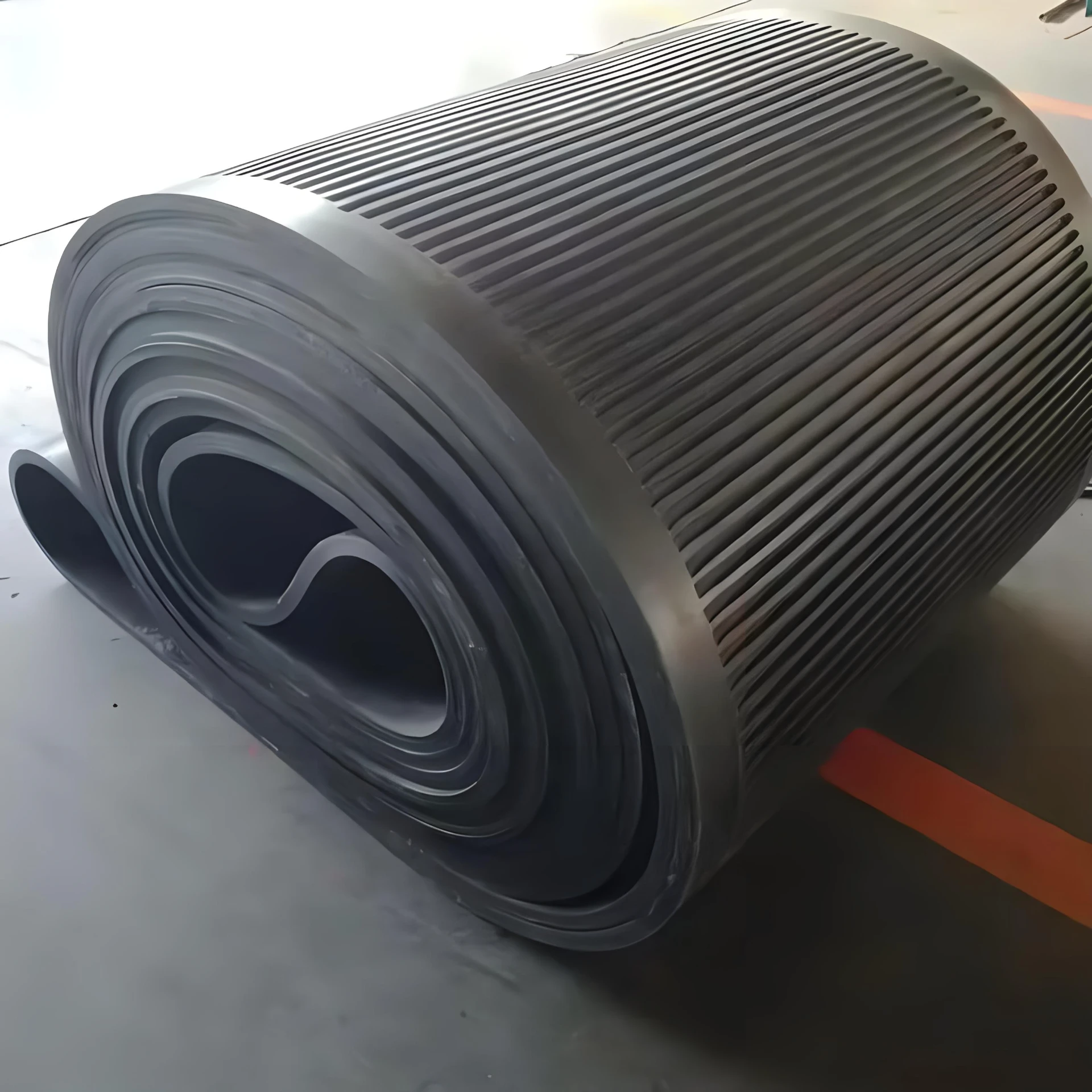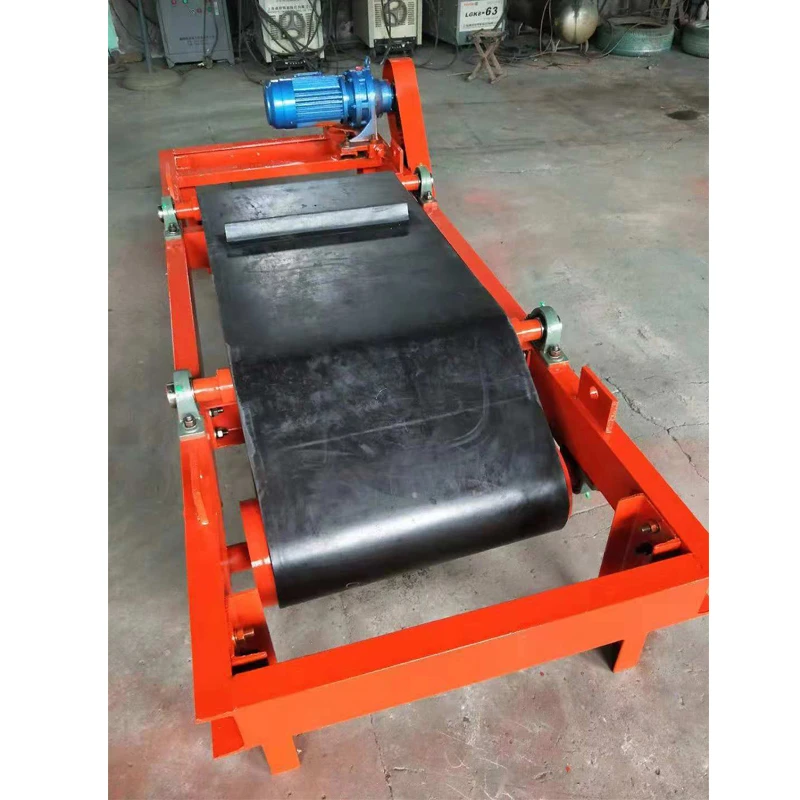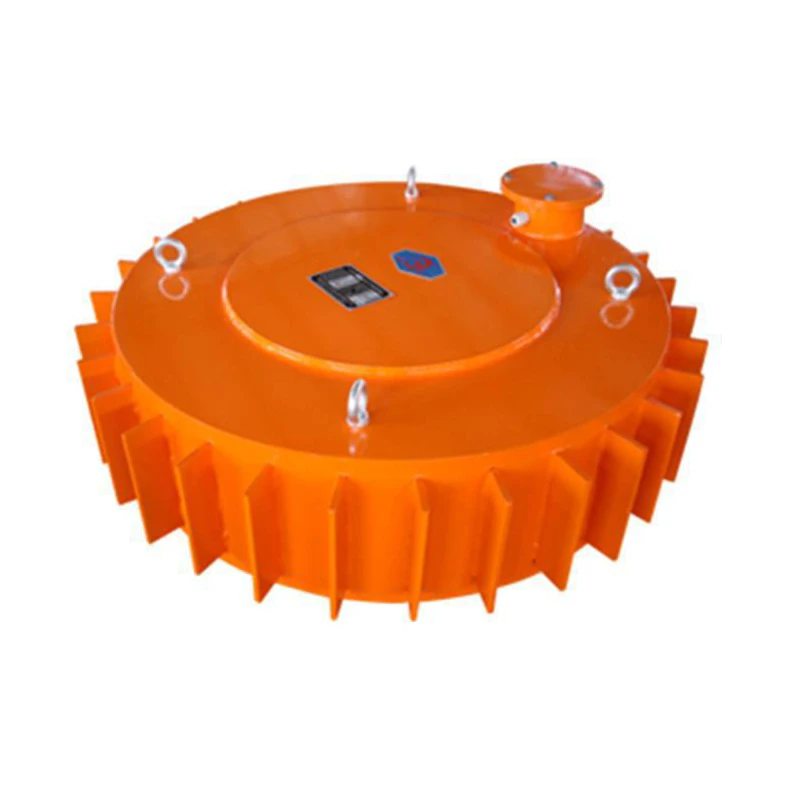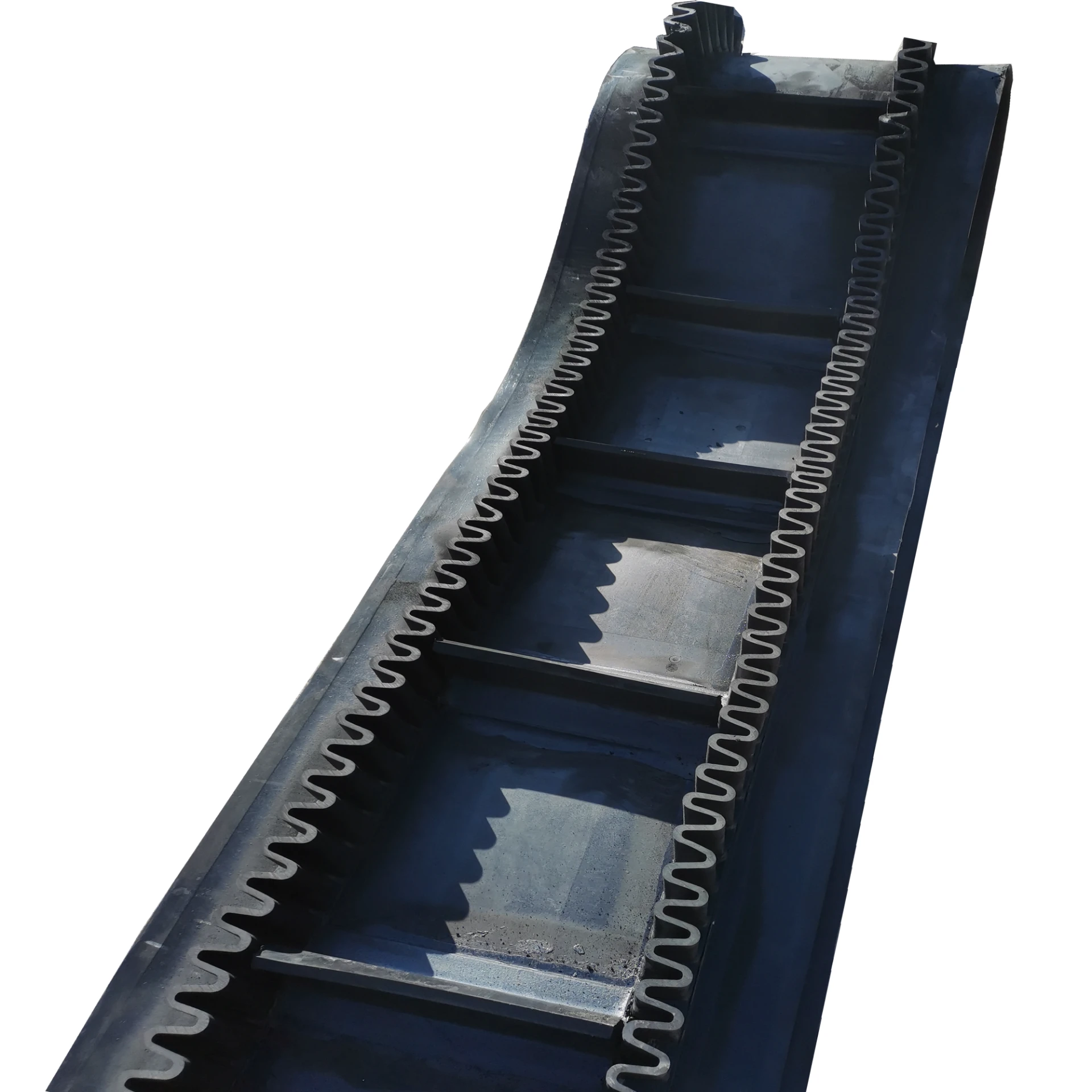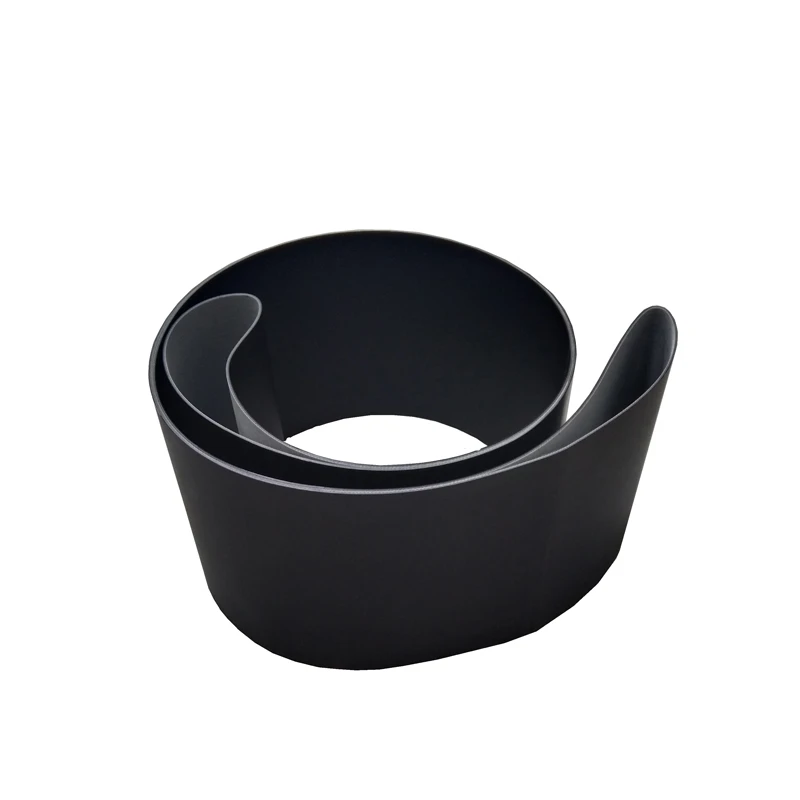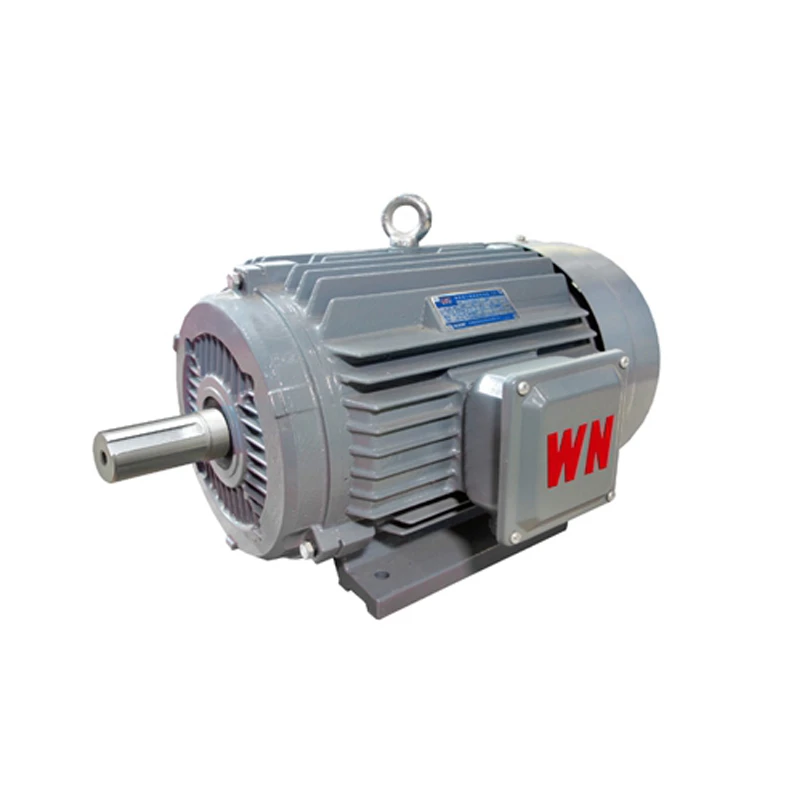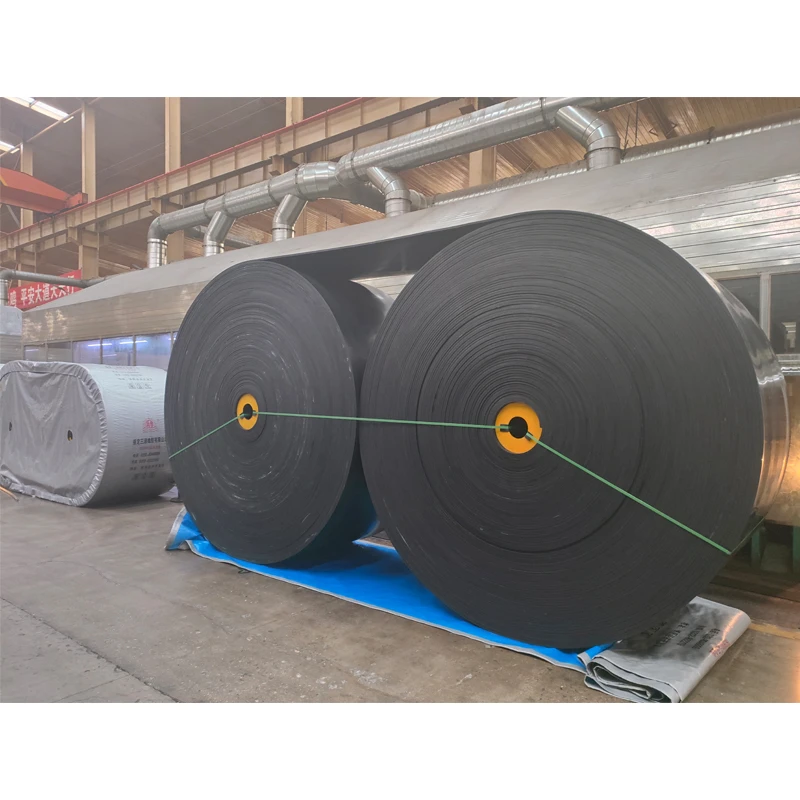- Introduction and Industry Importance of Rubber Coated Conveyor Rollers
- Advanced Technologies and Material Advantages
- Comparison of Rubber Covered Conveyor Roller Manufacturers
- Tailored Solutions for Diverse Industries
- Successful Application Cases and Performance Data
- Maintenance, Lifespan, and Sustainability Factors
- Conclusion: Future Trends in Rubber Coated Conveyor Rollers
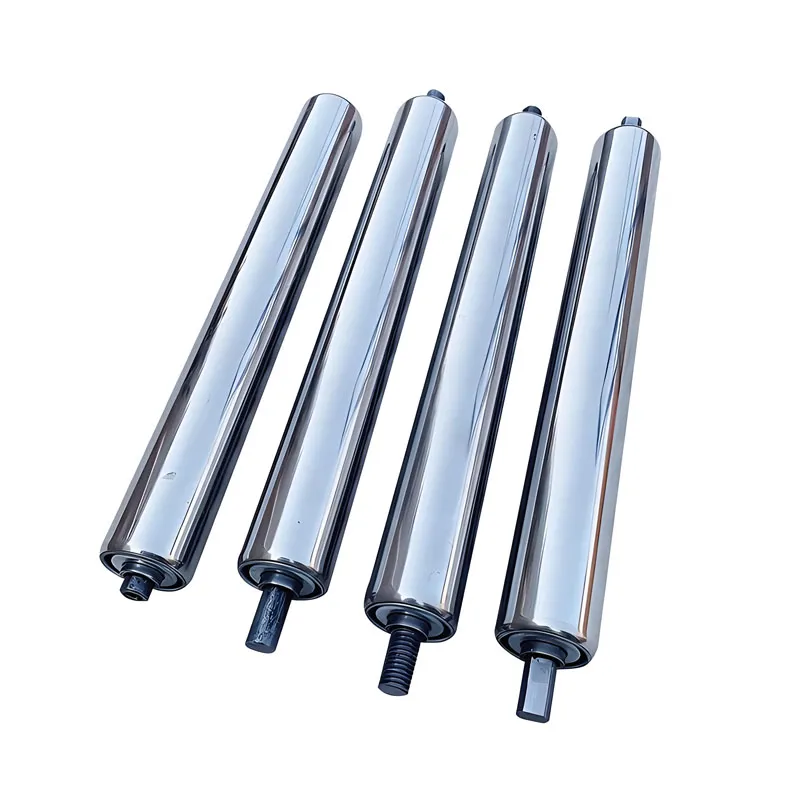
(rubber coated conveyor rollers)
Introduction and Industry Importance of Rubber Coated Conveyor Rollers
Rubber coated conveyor rollers have become the backbone of modern automated conveyor systems. Their use extends across industries including manufacturing, logistics, food processing, and pharmaceuticals. The global market for conveyor rollers exceeded USD 6.9 billion in 2023, with rubber coated types capturing nearly 21% of this market. This specific type is highly valued for its ability to enhance grip, minimize wear, reduce noise, and safely handle delicate products without slippage or damage. The increased demand for high-speed, reliable material handling is predicted to drive annual growth rates of 5.2% through 2028. In high-throughput environments, the choice of roller technology directly impacts operational efficiency, cost savings, and product integrity.
Advanced Technologies and Material Advantages
Leading-edge rubber covered conveyor rollers incorporate a blend of synthetic and natural rubber compounds, precisely engineered for environment and load requirements. Advanced vulcanization processes bond the rubber to steel, aluminum, or high-strength polymer cores, delivering exceptional adhesion and preventing delamination even under repeated stress. These rollers stand out with their resistance to oils, acids, abrasion, and temperature extremes from -30°C to 120°C. Modern rubber guide rollers utilize computer-aided design (CAD) for optimized profiles that reduce belt misalignment by up to 85%. Precision grinding techniques result in uniform roller surfaces, contributing to balanced rotation and extended belt life. Additionally, certain rollers feature anti-static properties or FDA-compliant rubber, supporting use in sensitive electronic and food-grade applications.
Comparison of Rubber Covered Conveyor Roller Manufacturers
With a multitude of manufacturers competing globally, selecting the right supplier is crucial for sustained system performance and maintenance economy. Below is a comparative table of leading manufacturers, highlighting technical specifications, minimum order quantities, customization options, and key industries served:
| Manufacturer | Core Material | Rubber Compound | Customization | Min. Order (pcs) | Annual Output | Industries Served |
|---|---|---|---|---|---|---|
| PROConveyors | Steel/Aluminum | Nitrile, EPDM, Neoprene | Comprehensive (hardness, profile, color) | 50 | 1.2M | Automotive, Food, Packaging |
| EuroRollers Ltd. | Aluminum/Polymer | Natural Rubber, Silicone | Partial (size, compound) | 100 | 900K | Logistics, Electronics |
| AsiaConveyor | Steel | Polyurethane, SBR | Full (geometry, anti-static) | 200 | 2M | Mining, Logistics, Food |
Selecting a manufacturer involves evaluating not only price but also their expertise in compound formulation, ability to deliver bespoke solutions, and proven industry application records.
Tailored Solutions for Diverse Industries
The adaptability of rubber coated conveyor rollers
enables them to fulfill highly specialized industry requirements. For example, in food processing, rollers with FDA-approved white or blue rubber prevent cross-contamination and enable easy detection. In packaging and logistics centers, anti-static and abrasion-resistant models maintain high performance even with continuous 24/7 operation. Customized roller hardness, ranging from 30 to 95 Shore A, accommodates products as delicate as bakery goods to as robust as automotive parts. Surface profiles—flat, crowned, or grooved—are engineered for guiding and tracking various belt types, ensuring accurate alignment and minimizing product loss. Rubber guide rollers, often installed at transition points, prevent deviation of the conveyor belt and reduce the risk of jams, thus guaranteeing uninterrupted material flow.
Successful Application Cases and Performance Data
Numerous real-world installations attest to the vital role of quality rubber covered conveyor rollers. A leading European bakery replaced its urethane rollers with food-grade rubber models, reducing unplanned stoppages by 43% and improving belt lifespan by 34 months. In an automotive plant, switching to X-grade abrasion-proof rubber rollers decreased conveyor down-time for re-coating from biannual to every 4 years. The average energy savings across logistics clients reached 11.6% due to rolling efficiency enhancement and reduced slip. In high-volume e-commerce warehouses, the implementation of rubber guide rollers enabled a reduction in product handling errors by 13%, while shrinking noise levels below 65 dB, improving operator comfort. These cases underscore the measurable benefits of selecting the right roller specification for each use scenario.
Maintenance, Lifespan, and Sustainability Factors
The shift toward sustainable, low-maintenance systems has seen manufacturers enhancing the durability and eco-credentials of rubber coated conveyor rollers. Premium compounds now deliver average operational lifespans of 30,000+ service hours, even in harsh conditions. Maintenance cycles can be accelerated with modular designs allowing simple ring or sleeve replacements rather than full roller removal. Recyclable core materials and biodegradable rubber alternatives are under development to minimize environmental impact, aligning with global directives for waste reduction. Lubrication-free bearings are increasingly common, reducing maintenance labor and contamination risks. A 2023 field survey found that facilities utilizing high-performance rubber rollers experienced up to 25% reduction in unscheduled maintenance events, and extended mean time between failures (MTBF) to over 18 months.
Conclusion: Future Trends in Rubber Coated Conveyor Rollers
The evolution of rubber coated conveyor rollers continues to transform material handling across modern industries. Future advances are expected to include intelligent rollers with embedded monitoring sensors for tracking temperature, vibration, and wear in real time. The integration of IoT and predictive maintenance software will further reduce downtime and optimize roller replacement schedules. Ongoing research in novel rubber compounds—such as graphene-enhanced elastomers—promises higher performance and energy efficiency. As industries demand safer, quieter, and more sustainable systems, the innovation trajectory of rubber covered conveyor rollers is poised to support high-speed, automated, and connected production environments worldwide.
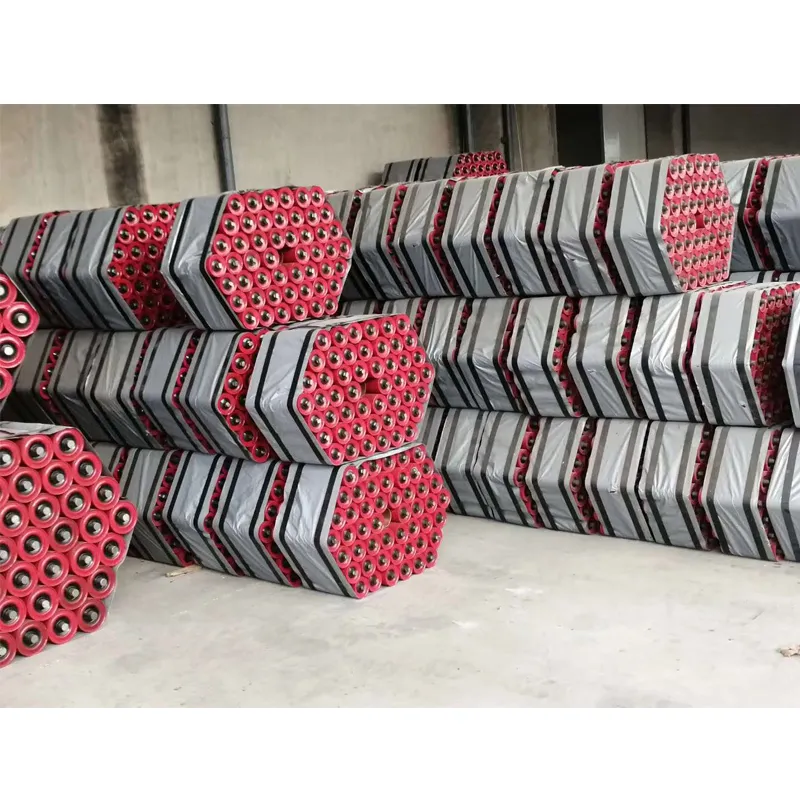
(rubber coated conveyor rollers)

